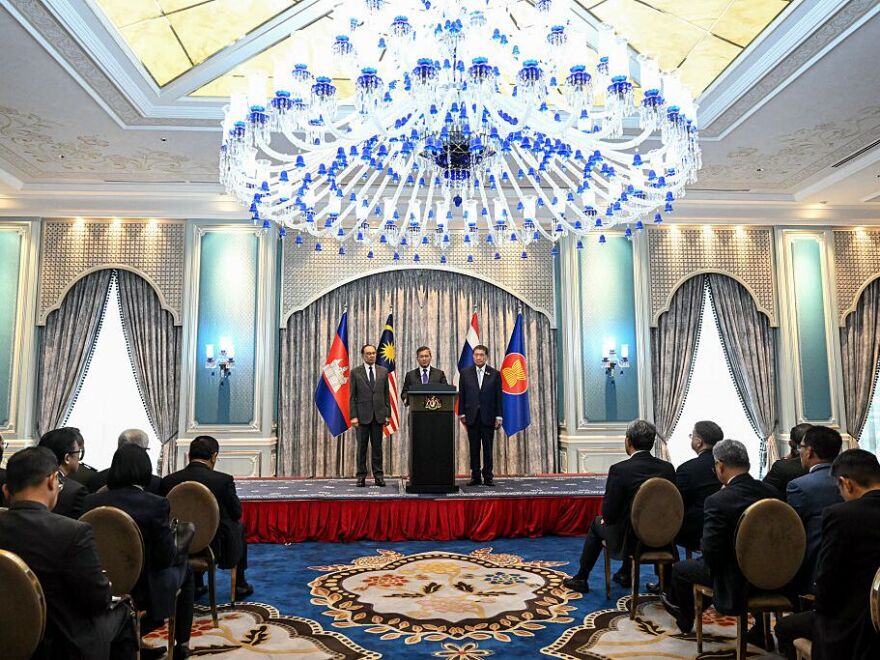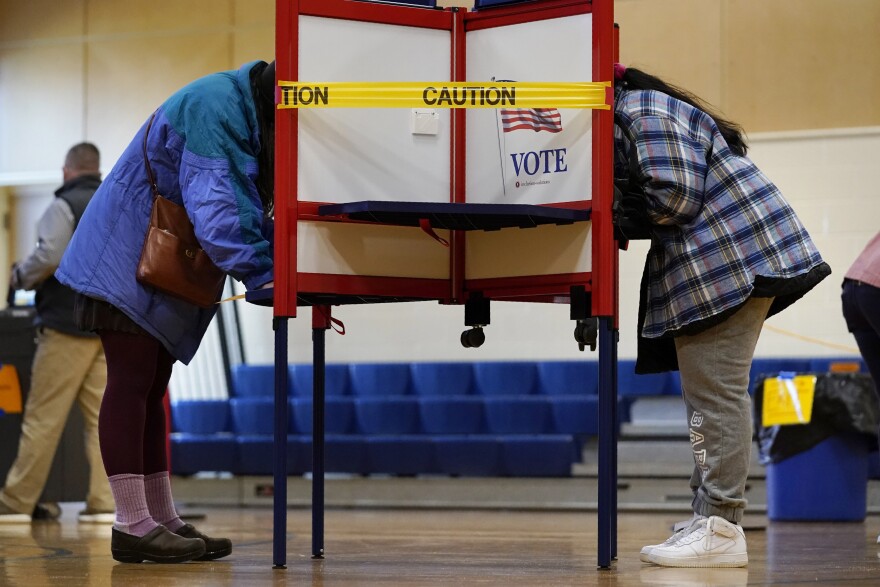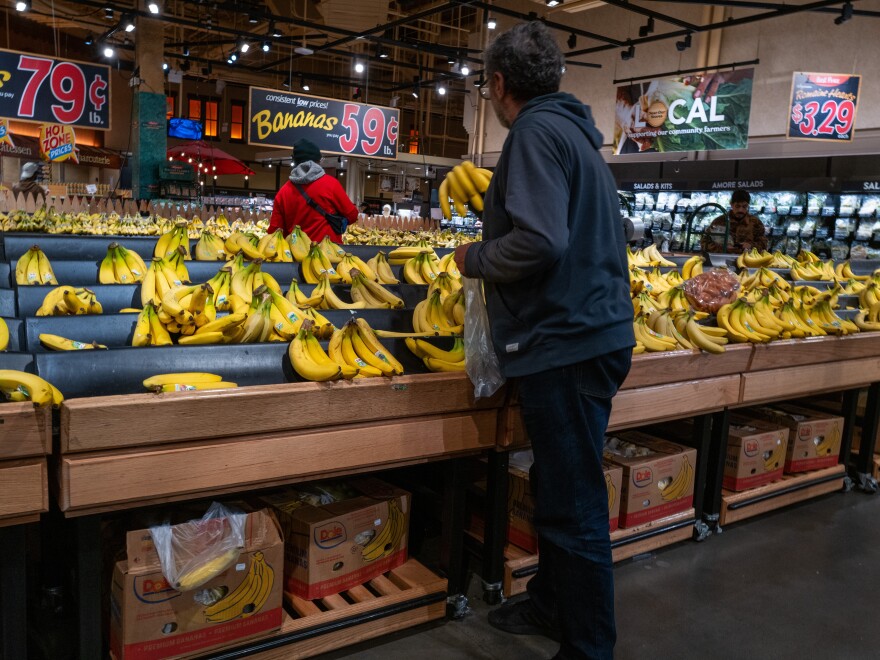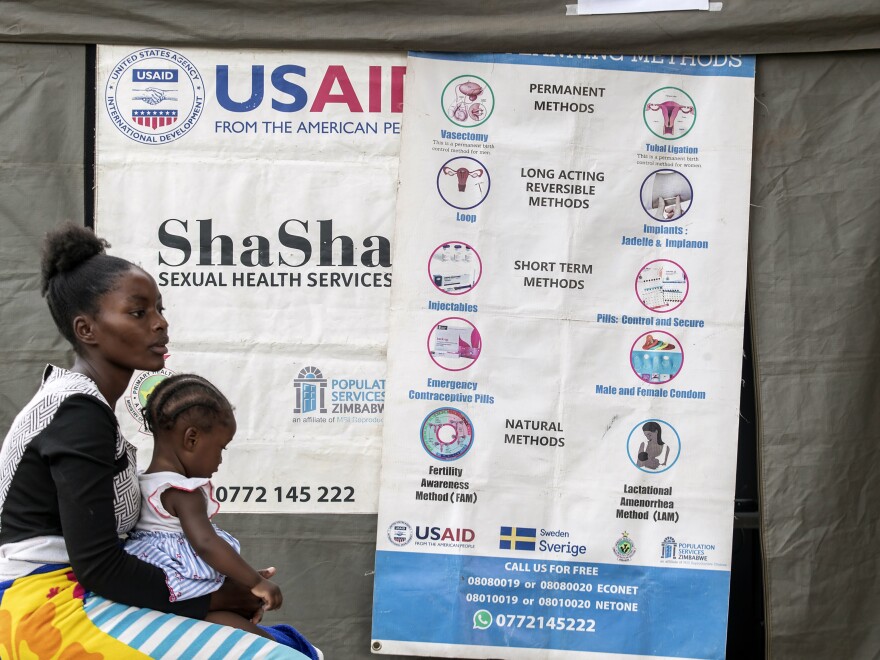Updated @ 7:55 AM EDT on July 28, 2025
Following discussions in Malaysia to resolve a five-day border dispute that has claimed scores of lives, Cambodia and Thailand agreed to a truce on Monday, which is scheduled to begin at midnight local time.
The ceasefire followed pressure from China and the Association of Southeast Asian Nations, as well as threats from U.S. President Donald Trump that both nations would face additional tariffs if the war went on. However, fighting was reportedly still going on while the negotiations were taking place in Kuala Lumpur.
How did this border conflict start?
Fighting has occasionally broken out between Cambodia and Thailand due to a long-standing disagreement over a portion of their shared border, most recently in 2011.
A portion of the issue stems from the French colonial rulers’ mapping of the two countries’ borders more than a century ago. Preah Vihear is a bordering Hindu temple from the eleventh century that is claimed by both nations. The International Court of Justice declared in 1962 that Preah Vihear was under Cambodian sovereignty. Even though the ICJ upheld the 2013 decision and ordered Thai military to withdraw from the region, Thailand denies that. Both Thai and Cambodian nationalists have strong opinions on the subject.
Five Thai soldiers were killed in a mine explosion on the border last week, which sparked the most recent round of fighting. At least 35 people have died and many have been evacuated in the last five days. Thailand accuses Cambodia of shooting rockets, while Cambodia accuses Thailand of conducting airstrikes. Both sides place the blame for the escalation on the other.
However, tensions began earlier, in May, when a Cambodian soldier was slain near the border. There was a significant political backlash following a phone conversation between former Cambodian strongman and de facto leader Hun Sen and Thai Prime Minister Paetongtarn Shinawatra.
Hun Sen revealed the call, in which Shinawatra criticized one of her own military high-ranking officials and seemed to submit to him. The idea that she was caving in to the Cambodian generated a stir in Thailand, and Shinawatra was suspended while a court considered firing her.
What was agreed in Malaysia?
Anwar Ibrahim, the leader of Malaysia, declared the truce to be “a vital first step to a de-escalation and a restoration of peace and security.” He also said that military chiefs from both sides would meet on Tuesday after the truce went into force, which would begin at midnight.
The son of Cambodian Prime Minister Hun Manet Hun Sen, who attended West Point, expressed gratitude to Trump and the Chinese government for their mediation efforts. The time has come, he said, to “start rebuilding trust and confidence going forward between Cambodia and Thailand.”
Additionally, Phumtham Wechayachai, Thailand’s acting prime minister, expressed gratitude to Trump and stated that Thailand had negotiated the truce in “good faith.”
Trump threatened to withdraw from tariff talks if the conflict persisted during a phone discussion with both leaders over the weekend. Marco Rubio, the secretary of state, also demanded a quick cessation of hostilities on Sunday.
Why does it matter?
According to many commentators, the conflict is a test of which superpower—China, Thailand’s largest trading partner, or the United States, which drills combined military forces with Thailand—has greater sway over this strategically important region of Southeast Asia. A Chinese-funded naval base is also located in Cambodia.
Copyright 2025 NPR






